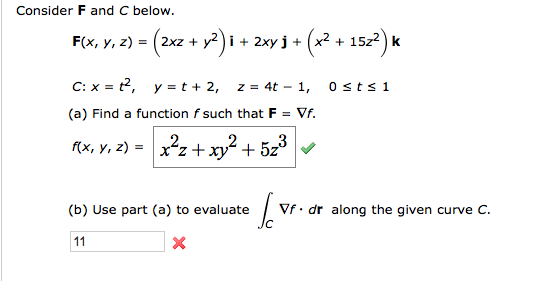
The effective selection of perceptual information for in-depth processing, at the cost of competing sensory input, is essential for adaptive behavior. Taken together, this pattern of results suggests that the control of attention allocation and/or working memory consolidation of targets among distractors represents a cognitive skill that emerges during primary school age. In the verbal task, the older group again exhibited a prominent drop in T2 identification at Lag 2, whereas the younger group showed a more alleviated and temporally diffuse AB impairment. Older children, however, displayed a hook-shaped pattern as typically seen in adults, with lowest identification reports in T2 symbols at the critical blink interval (Lag 2, 232-ms SOA), and a slight performance gain for the Lag 1 condition. In the symbol task, younger children linearly increased T2 identification with increasing lag. The temporal distance or stimulus-onset asynchrony (SOA) between T1 and T2 varied between no intervening distractor (Lag 1, 116-ms SOA) and up to 7 intervening distractors (Lag 8, 928-ms SOA). Two groups of children (6- to 7-year-olds and 10- to 11-year-olds ns = 21 and 24, respectively) were asked to identify green targets in two AB tasks: one using non-linguistic symbols and the other letters or words.

The AB is a pronounced impairment of T2 report, which occurs when a first (T1) and second target (T2) embedded in a rapid stimulus sequence are separated by at least one distractor and occur within 500 ms of each other. We examined developmental changes of this ability in a cross-sectional design, using the “attentional blink” (AB) paradigm.


The ability to direct cognitive resources to target objects despite distraction by competing information plays an important role for the development of mental aptitudes and skills.


 0 kommentar(er)
0 kommentar(er)
